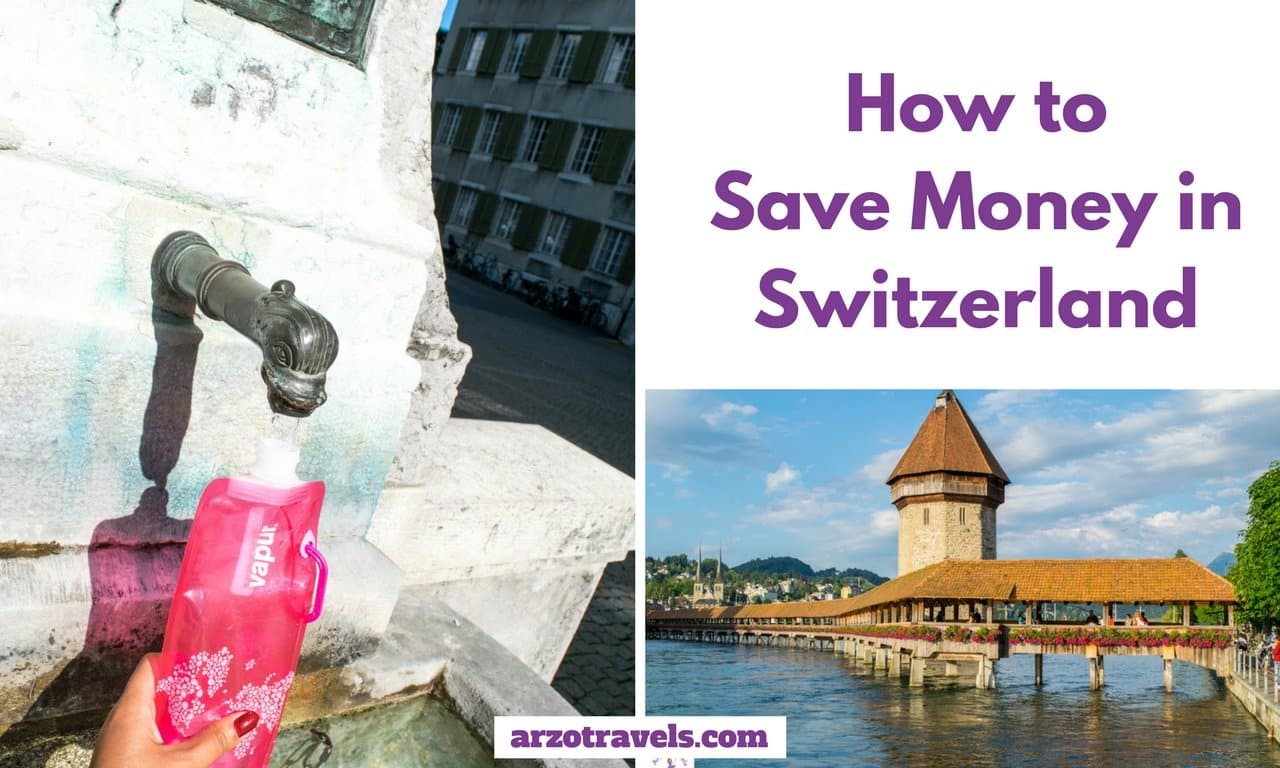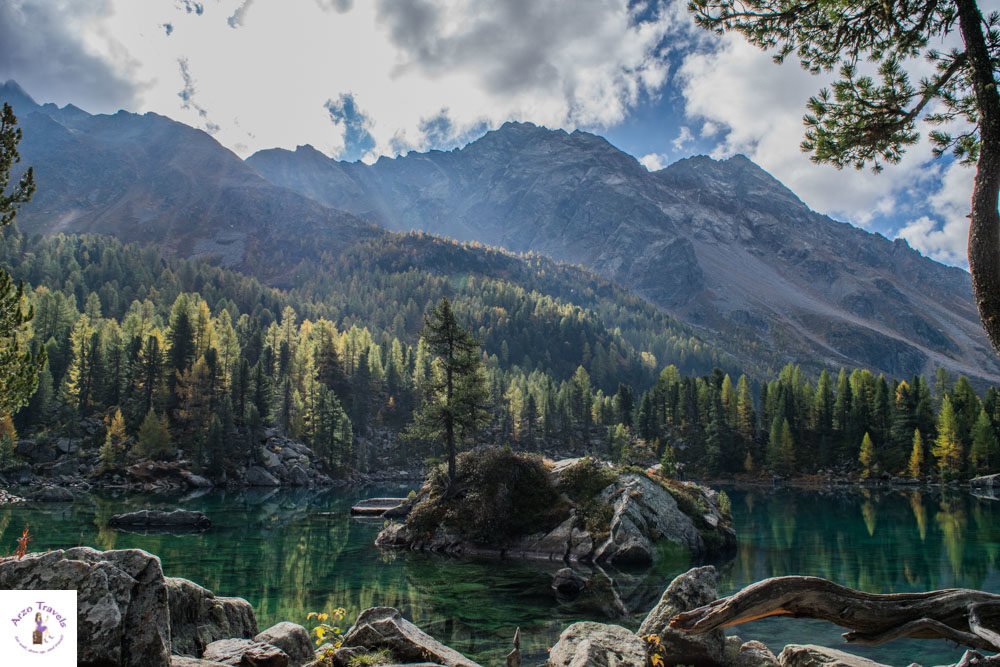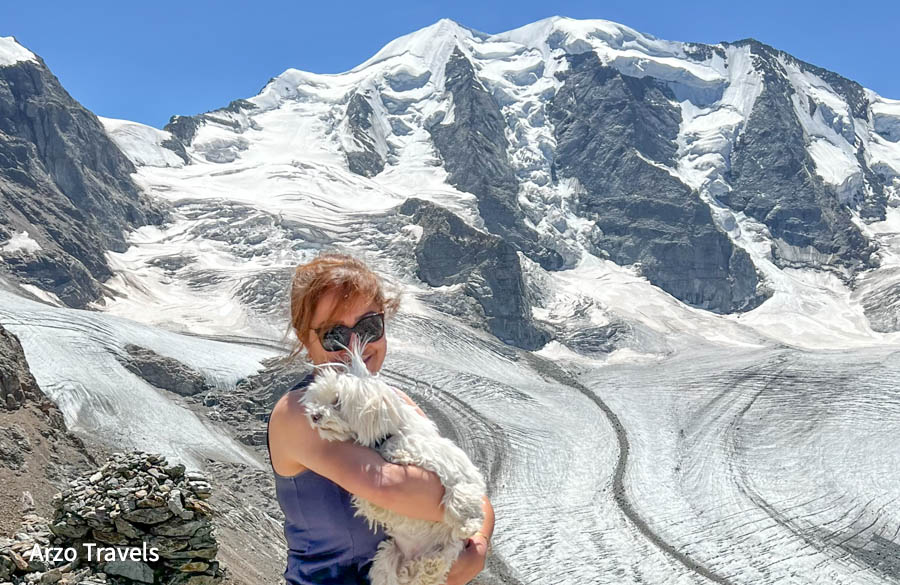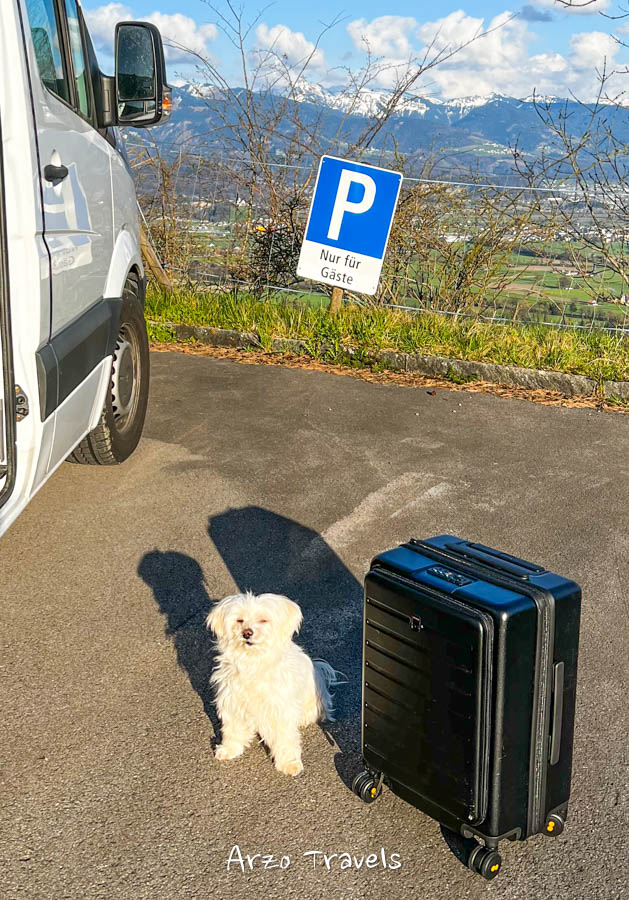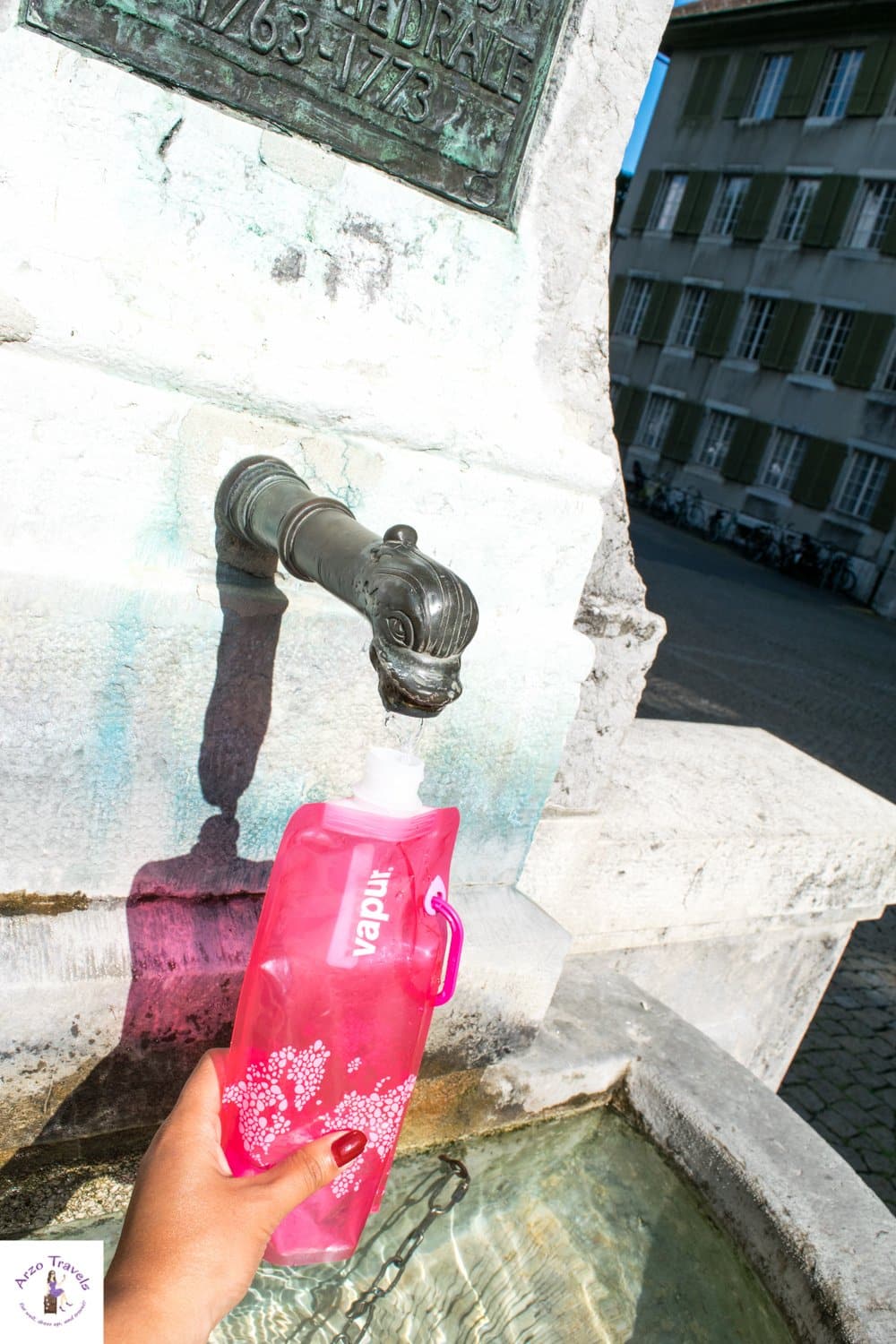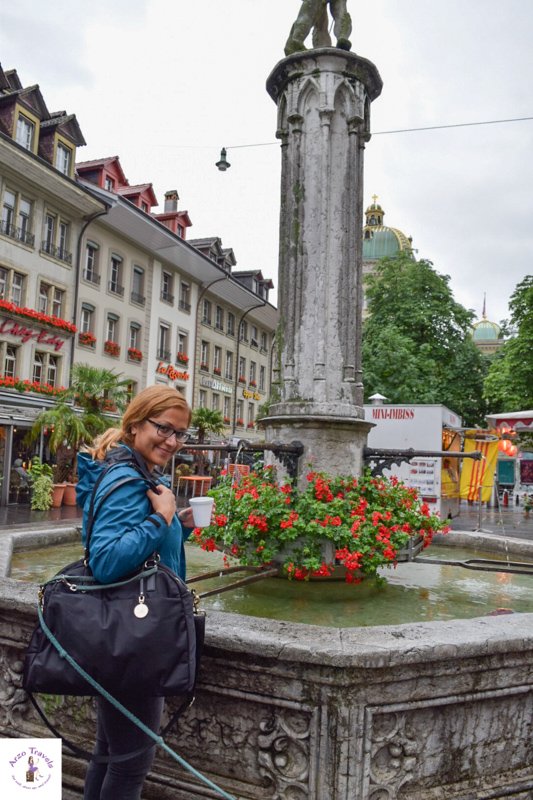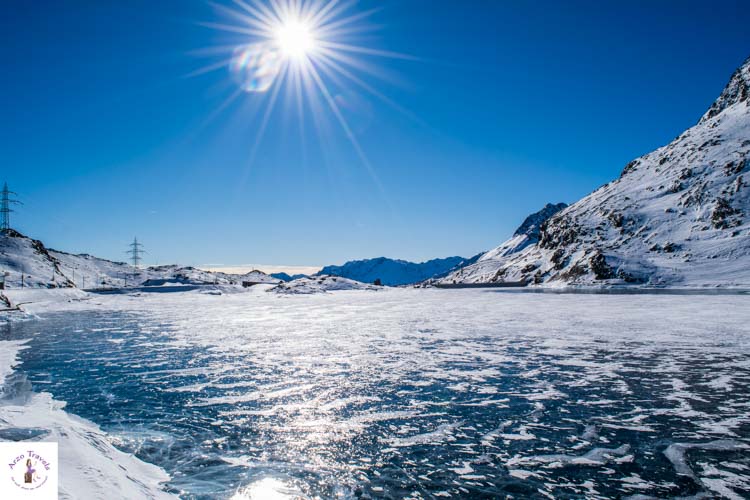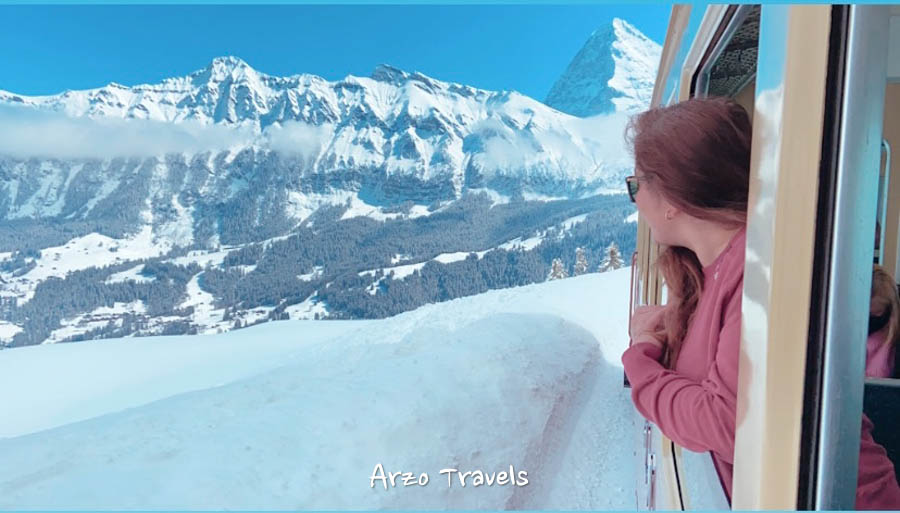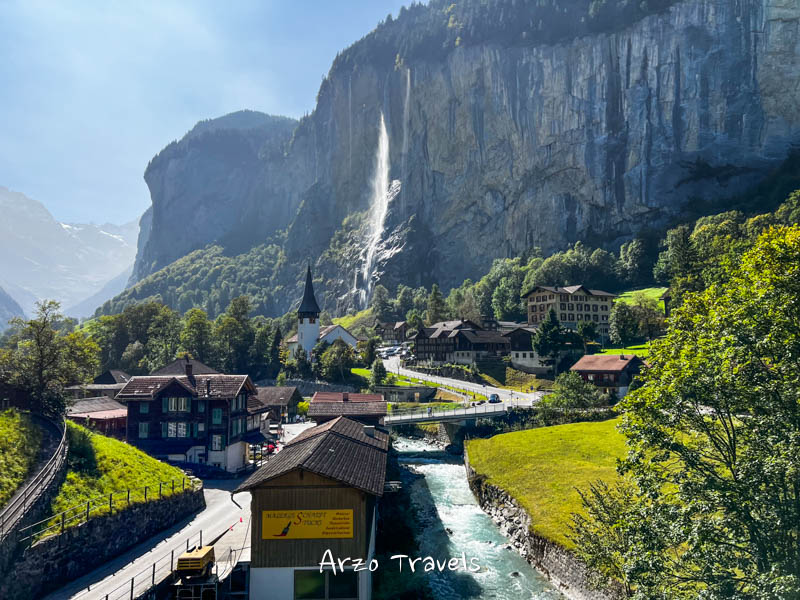FREE THINGS TO DO IN SWITZERLAND & MORE BUDGET TIPS
Switzerland on a budget – sounds like an oxymoron, right? I get it: with its mind-blowing Alpine peaks and crystal-clear lakes, Switzerland feels like the luxury sports car of travel destinations. But stick with me—if you’re itching to keep your Swiss francs intact, you’ve come to the right place.
As a self-confessed Switzerland junkie who’s clocked nearly two years in this gorgeous land (ever since that jaw-dropping first visit back in 2009), I can tell you: you don’t need a trust fund to fall in love with Schweiz.
I’m far from rolling in francs, yet I keep coming back—and I’m here to spill every insider trick for exploring Switzerland’s best sights without your bank account screaming for mercy. Switzerland on a shoestring is possible – and this is the ultimate money-saving guide for the land of chocolate, cheese, and epic mountain views.
Disclaimer: This post contains affiliate links. This means I may earn a small commission when you buy a product (at no extra cost to you) after clicking on my link. More about it here.
HOW TO EXPLORE SWITZERLAND ON A BUDGET
So, here are the best tips on how to plan a budget trip to Switzerland
PICK YOUR SWISS DESTINATION CAREFULLY
Switzerland really is a treasure chest of stunning sights—while not every single nook will take your breath away, the vast majority looks like it was hand-painted for a postcard.
Here’s a wallet-friendly heads-up: the German-speaking regions—think Zürich, Interlaken, and Lucerne—can empty your pockets faster than you can say “Rösti.” If you veer off the beaten path into other cantons (excluding premium spots like Lugano and Montreux), you’ll discover towns and villages that are much kinder to your budget.
Allow me to unveil one of my top picks in the Swiss treasure chest: Valposchiavo. This breathtaking locale won’t have your wallet sobbing like some other Swiss hotspots.
Granted, it’s not exactly a ‘bargain basement’ and doesn’t play in the same price league as many (Eastern) European, let alone Southeast Asian, destinations, but in Valposchiavo, you can soak up Switzerland’s splendor for less than in Lucerne.
Take ice cream, for example. I dropped a cool 3.50-4 CHF (about 4 Euro or $4,40) for a scoop in Zurich (yes, you heard that right!), but just a stone’s throw away near Locarno, I got the same delight for half price. Now, ice cream isn’t exactly the Swiss Federal Statistical Office, but it does give you a sweet hint.
Every corner’s got its charm, so being a little flexible with your destination can be a secret stash of Swiss savings.
WHEN TO VISIT SWITZERLAND FOR A BUDGET TRIP
One of the savviest hacks for exploring Switzerland on a shoestring is to dodge the peak seasons—namely July and August in summer, and December into early January in winter.
As a teacher, your schedule might be locked around school breaks, but if you can swing it, shifting your trip just outside those dates can score you major savings on lodging.
And don’t bank on endless sunshine in midsummer—July and August can surprise you with clouds and downpours (sometimes for days on end). After all, Switzerland’s weather loves to keep you guessing!
Several times, I visited Switzerland in October, and lo and behold, I hit the weather jackpot. Throughout my few weeks there, rain barely dared to make an appearance. I actually even say that October is my favorite time to visit Switzerland!
October and the stretch from April to June come with lower price tags, so mark your calendar for those months. If you’re itching for some winter sports action, swap late December for a February trip.
Here is more information on the best time to visit Switzerland.
DISCOVER SWITZERLAND ON FOOT
Swapping buses, trains, or rental cars for your own two feet isn’t just kin
der to your wallet; it’s genuinely rewarding. Hiking lets you soak up Switzerland’s jaw-dropping vistas without dropping a fortune on pricey tours or transport. Honestly, it took me a minute to catch the hiking bug myself, but once I did—thanks to those epic mountain views—it quickly became my go-to way of discovering Switzerland.
Best of all, these mesmerizing views come at no cost.
Check out my tips on hiking in Switzerland.
FIND FREE PUBLIC TRANSPORTATION VIA GUEST CARDS
I love hiking as much as the next adventurer, but let’s be real—it’s a bit much to expect you to hoof it everywhere and skip trains entirely. I’m not suggesting you abandon all rail tickets. Instead, before you shell out for a Swiss Travel Pass or Half-Fare Card, consider this wallet-friendly hack: many Swiss towns issue guest cards that include free public transit.
Terms vary, and not every village offers one, but when you stumble upon them, it’s like winning the transport lottery.
Take Basel or Lucerne—they’ll hand you a card that gets you on all the city buses and trams. And Valposchiavo? Its guest card even covers select regional trains, all without spending any extra money.
That’s why Valposchiavo is my top pick for budget travelers—and why the ride there doubles as one of Switzerland’s most stunning scenic train trips.
St. Moritz is notorious for luxury prices, but here’s a summer secret: book at least two nights at a participating hotel and receive free public transport plus unlimited rides on all 13 cable cars and funiculars. A single cable-car ticket usually costs 40–60 CHF, so this package delivers serious savings and access to some of Switzerland’s most breathtaking scenery.
This perk keeps drawing me back to St. Moritz—I’m powerless against those complimentary cable-car rides, and the views remain utterly stunning.
Here is more about the guest card and the attractions in St.Moritz.
PACK SMART FOR YOUR SWITZERLAND TRIP
Shopping in Switzerland can be irresistible—from designer labels to quirky souvenirs. All comes with a price tag. Pack smart and buy essentials before arriving, since most items are cheaper abroad than in Switzerland.
Even world-famous Swiss chocolate comes with a premium price tag here. As a confessed chocoholic, I can confirm that bars from neighbouring Germany often cost significantly less.
On a tight budget, evaluate luggage, electronics, and essentials before departure—I always triple-check my packing list to dodge pricey airport splurges.
Securing must-haves in advance turns your visit into stress-free exploration without breaking the bank.
Here is my Switzerland packing guide, and here is my carry-on packing list.
Of course, you do not need to bring your own food, as I also have tips for grocery shopping later on.
ACCOMMODATION BUDGET TIPS
- Luxury hotels in Switzerland – veeeeeerrry expensive.
- Mid-range hotels in Switzerland – expensive.
- Budget accommodation in Switzerland – quite expensive
- (Youth) Hostels in Switzerland – still rather expensive
Accommodations in Switzerland can seriously dent your travel budget—even smaller hotels carry premium price tags. To dodge those hefty bills, try lodging 10–20 km outside major tourist hubs. Switzerland’s efficient public transport makes commuting a breeze, so picking a spot just beyond Lucerne or Zürich cuts costs without sacrificing convenience.
For a budget-friendly escape, explore the Graubünden region: I’ve found more affordable guesthouses there with equally stunning alpine views. Youth hostels are another winner—they often let you cook your own meals, saving on both lodging and dining.
- Click here for my detailed guide on where to stay in Switzerland – for each budget.
- Check out Prices at B&B in Switzerland.
Airbnb often comes with a more budget-friendly price tag compared to hotels. For those looking to maximize savings, CouchSurfing is an option, as it’s entirely free.
SAVE MONEY ON FOOD – GO VEGGIE & COOK OWN MEALS
Dining in Switzerland can hit your wallet hard, especially when it comes to meat—rumor has it a Big Mac can run you around $20. Swiss meat isn’t mass-produced (imports must be declared), so whether you’re cooking or eating out, expect premium prices.
The smartest move? Cut back on meat and dairy. Booking a place with a kitchen may cost more upfront, but shopping afternoon supermarket markdowns on fruits and veggies pays off fast.
For groceries, Coop is reliable, but real bargains hide at Aldi, Denner, or Lidl—popular with non-Swiss for a reason. Cooking your own meals turns those savings into even more Swiss adventures.
BRING YOUR OWN WATER BOTTLE
Cue my happy dance—Switzerland’s charming water fountains are everywhere. As someone who sticks to water over alcohol or soda, a reusable bottle means free refills in mountain passes, city squares, and quaint villages.
The crisp, pure spring water often tastes even better than bottled.
Is it safe to drink from every fountain in Switzerland? Generally, yes—just watch for any no-drinking signs and always check that the water looks clear before sipping.
Swiss tap water meets the highest safety standards, so a reusable bottle turns every fountain into a free refill point—no need to worry about bottled water prices.
Fun Fact: Alpine fountains may have begun as troughs for cows descending from high pastures—if that’s true, a big thank-you to those bovine pioneers for keeping everyone hydrated!
On the coffee front, a daily cappuccino can set you back 5–7 CHF in popular spots, with takeout around 4–5 CHF. In Italian-speaking regions or off-the-beaten-path cafés, prices sometimes drop to 3 CHF. For serious caffeine fans, instant coffee is a budget-friendly backup—not barista-grade, but it keeps the habit alive without extra francs.
EXCHANGE SOME MONEY AND GET SOME SWISS FRANCS
Euros are widely accepted in most areas, including many shops, making it convenient to skip currency exchange in some cases. However, it’s important to note that when you pay with euros, the exchange rate is not favorable. Therefore, it’s advisable to acquire some Swiss Francs for better value.
CHECK OUT COUPON CODES
Spend to Save: a modest upfront purchase can unlock major discounts in Switzerland. On my solo adventures, I’ve rarely needed them, yet 2-for-1 coupon books deliver serious savings on attractions and tours. Regional guides for Interlaken, Zurich, and other hotspots often include exclusive deals—invest a few francs and watch costs drop.
READ MORE: Best places to visit in Switzerland
GET A TRAVEL PASS
Investing in travel passes can unlock serious savings. I might not always wear the hardcore-budget label, but I demand value, so I grab a Swiss Travel Pass 2–3 times a year because it’s simply amazing. Beyond unlimited trains and boats, it slashes most mountain cable-car and funicular fares by 50%, and even includes free rides on select funiculars.
When you first glance at the price, you might be taken aback by my suggestion as a “money-saving tip.” However, if your Switzerland itinerary involves ascending Mount Rigi and frequent train use, you could end up saving a small fortune! Allow me to provide you with a comprehensive review of the Swiss Travel Pass.
Regional travel passes, such as the Jungfrau Travel Pass, offer an opportunity to save significant amounts of money (after a modest initial expenditure).
FREE THINGS TO DO IN SWITZERLAND
Beyond walking and hiking, Switzerland brims with free adventures. Fancy a free walking tour? Interlaken delivers. Prefer nature? Gaze at the Swiss Alps, lounge by crystal-clear lakes, or take a dip in refreshing waters. In summer, catch live art performances along Lake Zurich’s promenade. In December, soak up the magical Christmas Markets without spending a franc.
Rhine Falls in Schaffhausen is another must—Europe’s largest waterfall, where the roaring cascade and cool mist make every visit unforgettable.
Lake Geneva Promenade
Stroll along the lake’s edge with the Alps as your backdrop—statues, gardens, and sweeping views await, all for free.
Swiss National Park
Hike through the Engadin Valley’s untouched landscapes and keep an eye out for ibex, marmots, and golden eagles.
Historic Old Towns
Wander Zurich’s and Bern’s medieval streets—timeless architecture, cozy cafés, and bustling markets at every turn.
Montreux Jazz Festival (Free Stages)
Catch complimentary concerts along Lake Geneva’s promenade during this famed summer festival.
Lauterbrunnen Valley
Discover 72 waterfalls cascading through verdant cliffs—it’s nature’s own amphitheater.
St. Moritz Lake
Relax by crystal-clear waters or amble around the shoreline for serene, postcard-worthy moments.
Museum Night Basel
Experience art and culture after dark at no cost—museums and galleries stay open late for this annual event.
Geneva’s Jet d’Eau
Marvel at Europe’s tallest fountain (140 m!) and enjoy panoramic lake views on a leisurely lakeside walk.
Rigi Kulm
Ascend the “Queen of the Mountains” on foot and be rewarded with sweeping vistas of snowy peaks and glittering lakes.
FINAL THOUGHTS ON A BUDGET TRIP TO SWITZERLAND
Hope this post didn’t scare you off—Switzerland still beckons! Despite it. From quaint, postcard-perfect villages to soaring alpine peaks, Switzerland’s unique charm caters to all tastes and budgets.
Exploring Switzerland on a budget is somehow possible!
